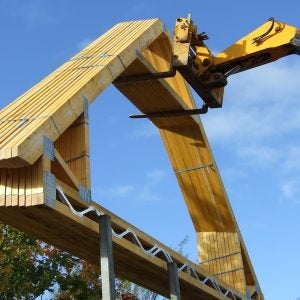Higher lumber demand from all end-use sectors in the US in the coming years will result in continued expansion of sawmill capacity in the US South and increased imports from overseas, while Western Canada will reduce its shipments to the US market.
The predictions are contained in the report: “Future Suppliers of Softwood Lumber to the US Market – Supply and Demand Outlook 2017-2030”.
The report forecasts US softwood lumber demand will grow at an annual rate of 2.3% through 2030, with a base case demand scenario suggesting that US lumber consumption will reach an all-time high by 2030.
The category “non-residential construction” will grow at the fastest rate and will increase its share of the total softwood lumber usage from just over 11% in 2016 to almost 14% by 2030.
Lumber consumed by the residential housing sector, including repair and remodeling, will continue to account for the almost 70% of the end-use market.
Canadian lumber producers’ market share in the US is expected to decline in the coming years, with the biggest reduction occurring between 2017 and 2025.
Overseas supply of lumber to the US is forecasted to increase both in volume and market share by 2025, followed by a decline until 2030.
The major supplying regions are likely to include Brazil, Chile, Germany and the Nordic countries. In the study’s high demand scenario, overseas supply will be crucial and reach a market share of over 10% by 2030.






